Universal design and active methodologies: a practice in postgraduate studies
DOI:
https://doi.org/10.22320/07196466.2025.43.067.05Keywords:
universal design, accessibility, architecture, teaching, active teaching-learning methodologiesAbstract
The optional course DAU 848, offered by the Postgraduate Program in Architecture, Urbanism, and Landscape Architecture (PPGAUP) at the Federal University of Santa Maria (UFSM), focuses on teaching methodologies in Architecture and Urbanism Courses. In collaboration with the postdoctoral research project “Digital Fabrication Applied to Universal Design and Ergonomics” within PPGAUP, the course explored topics of Universal Design (UD) and prototyping during the second semester of 2023. Emphasizing Active Methodologies that promote student engagement in the learning process, the course culminated in the development of a quick practical exercise designed for undergraduate students and aligned with the semester’s topics. This article aims to present the final exercises, structured around the course's methodological framework, which is divided into three stages: (1) Foundations of teaching in Architecture and Urbanism Courses; (2) Teaching Universal Design; and (3) Design and application of exercises. As a result, four teams developed four exercises focused on furniture design, gamification, tactile maps, and signage. These exercises included discussions on the use of prototyping and suggestions for improvements to facilitate future implementation in undergraduate courses.
Downloads
References
Associacäo Brasileria de Normas Técnicas [ABNT]. (2020). NBR 9050: Acessibilidade a edificações, mobiliário, espaços e equipamentos urbanos. Rio de Janeiro, 2020.
BAPTISTA, A. (2013). Argumentos, estratégias e técnicas no ensino do Desenho Universal em cursos de Arquitetura e Urbanismo. In: IV Encontro Nacional De Ergonomia Do Ambiente Construído/V Seminário Brasileiro De Acessibilidade Integral. Anais, Florianópolis.
Brasil (2015). Lei nº 13.146, de 6 de julho de 2015. Institui a Lei Brasileira de Inclusão [LBI] da Pessoa com Deficiência (Estatuto da Pessoa com Deficiência). Brasília, DF: Diário Oficial da União.
Brasil (2019). Ministério da Educação. Conselho Nacional de Educação. Parecer CNE/CES n° 948/2019. Alteração da Resolução CNE/CES nº 2, de 17 de junho de 2010, que institui as Diretrizes Curriculares Nacionais do Curso de Graduação em Arquitetura e Urbanismo, bacharelado, e alteração da Resolução CNE/CES nº 2, de 24 de abril de 2019, que institui as Diretrizes Curriculares Nacionais do Curso de Graduação em Engenharia, em virtude de decisão judicial transitada em julgado. Brasília: Ministério da Educação. http://portal.mec.gov.br/docman/outubro-2019/128041-pces948-19/file
Brasil (2021). Ministério da Educação. Conselho Nacional de Educação. Resolução nº 01/2001, de 26 de março de 2021. Dispõe sobre as diretrizes curriculares nacionais dos cursos de graduação de Engenharia, Arquitetura e Urbanismo. Brasília: Ministério da Educação. http://portal.mec.gov.br/index.php?option=com_docman&view=download&alias=175301-rces001-21&category_slug=marco-2021-pdf&Itemid=30192
BERNARDI, N. (2007). A aplicação do conceito do desenho universal no ensino de arquitetura: o uso de mapa tátil como leitura de projeto [Tese doutorado em Arquitetura e Urbanismo]. Universidade Estadual de Campinas, Campinas.
CAMBIAGHI, S. (2017). Desenho Universal: métodos e técnicas para arquitetos e urbanistas. São Paulo: editora Senac.
CHRISTOPHERSEN, J. (2002). Universal Design: 17 ways of thinking and teaching. Husbanken.
DORNELES, V. G. (2014). Estratégias de ensino de desenho universal para cursos de graduação em Arquitetura e Urbanismo [Tese doutorado em Arquitetura e Urbanismo]. Universidade Federal de Santa Catariana, Florianópolis.
FREIRE, P. (2014). Pedagogia da autonomia: saberes necessários à prática educativa. São Paulo: Editora Paz e terra.
GOLDSMITH, S. (2007). Universal Design. Londres: Routledge, 2007.
GRONOSTAJSKA, B. E., y BERBESZ, A. M. (2020). Universal design in the education of architecture students. World Transactions on Engineering and Technology Education, 18(3).
HOFFMANN, A. T., JACQUES, J. J. D., SILVA, T. L. K. D. y SILVA, R. P. D. (2020). Revisão sistemática da literatura: metodologias ativas de ensino-aprendizagem e sua utilização nos cursos de design, engenharia e arquitetura en Nuñez, G. J. Z., y Oliveira, G. G. (Orgs.). Design em pesquisa: vol 3. (p. 34-54). Porto Alegre: Marcavisual.
LAWSON, B. (2011). Como arquitetos e designers pensam. São Paulo: Oficina de Textos, 2011.
MACE, R. L., STORY, M. F., y MUELLER, J. L. (1998). The Universal Design file: designing for people of all ages and abilities. Raleigh: North Carolina State University School of Design.
MAZIERO, L. T. P. (2018). Ensino de topografia no curso de arquitetura e urbanismo por meio de aprendizagem ativa. PARC: Pesquisa em Arquitetura e Construção, 9(3), 179-191. https://doi.org/10.20396/parc.v9i3.8651722
MONTANER, J. M. (2017). Do diagrama às experiências, rumo a uma arquitetura de ação. São Paulo: Gustavo Gili.
SCHÖN, D. A. (2009). Educando o profissional reflexivo: um novo design para o ensino e a aprendizagem. Porto Alegre: Penso Editora.
VICTORIO, E. R. (2019). As questões da circulação em arquitetura com base na análise de soluções de projetos contemporâneos [Dissertação mestrado em Arquitetura e Urbanismo]. Universidade Estadual de Campinas, Campinas.
VICTORIO, E. R. (2023). A circulação em arquitetura e sua representação gráfica para um jogo de apoio ao processo de projeto [Tese doutorado em Arquitetura e Urbanismo]. Universidade Estadual de Campinas, Campinas.
Downloads
Published
How to Cite
Issue
Section
License
Copyright (c) 2025 Sabine De-Paris, Vanessa Goulart-Dornéles

This work is licensed under a Creative Commons Attribution-ShareAlike 4.0 International License.
The content of the articles published in each issue of Arquitecturas del Sur is the sole responsibility of the authors and does not necessarily represent the opinion of University of the Bío-Bío.
The authors will maintain their copyright; however, they will guarantee the journal the right to first publication and dissemination of their work. The publication of the article in Arquitecturas del Sur will be subject to the Creative Commons International license (CC BY-SA) that allows others to adapt: remix, transform and build on the material for any purpose, even commercially; share: copy and redistribute the material in any medium or format, as long as the authorship and first publication in this journal are acknowledged by citing them correctly, and their new contributions are under a license with the same terms.


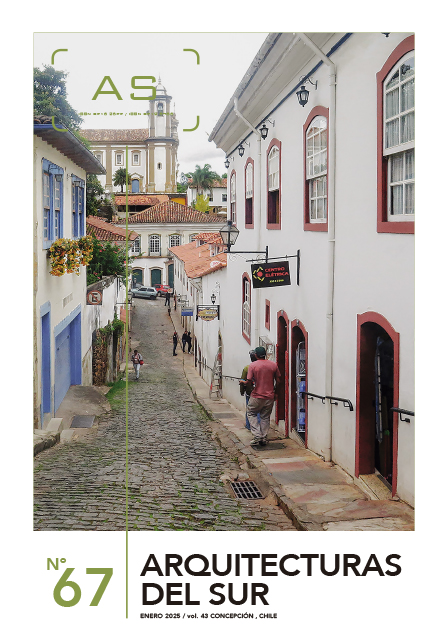


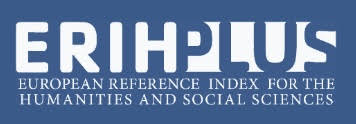

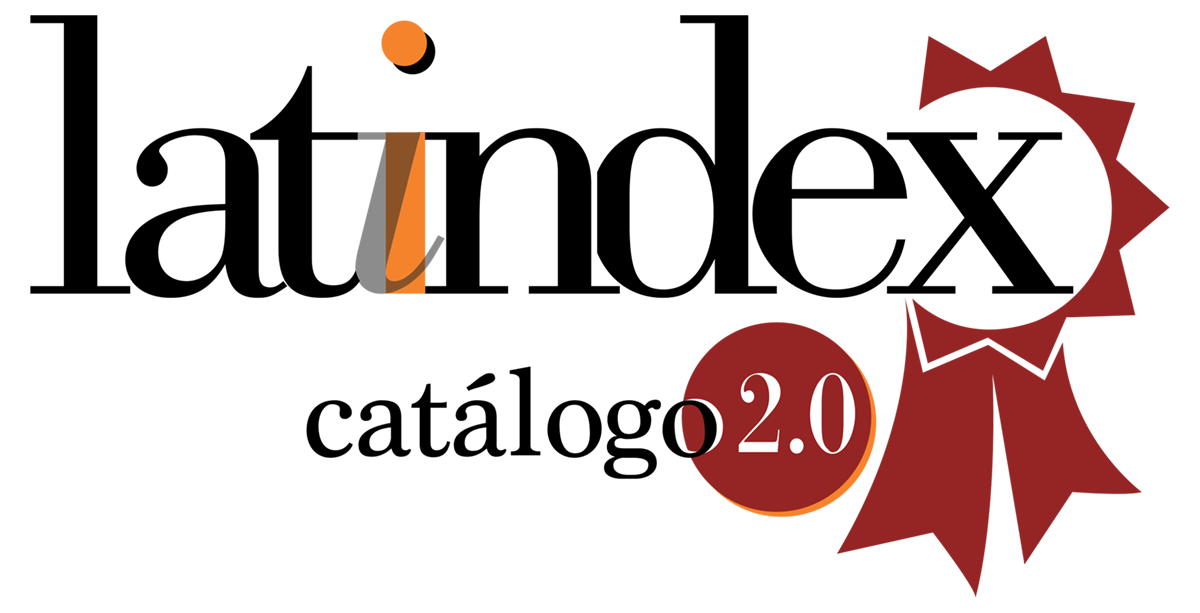


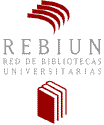
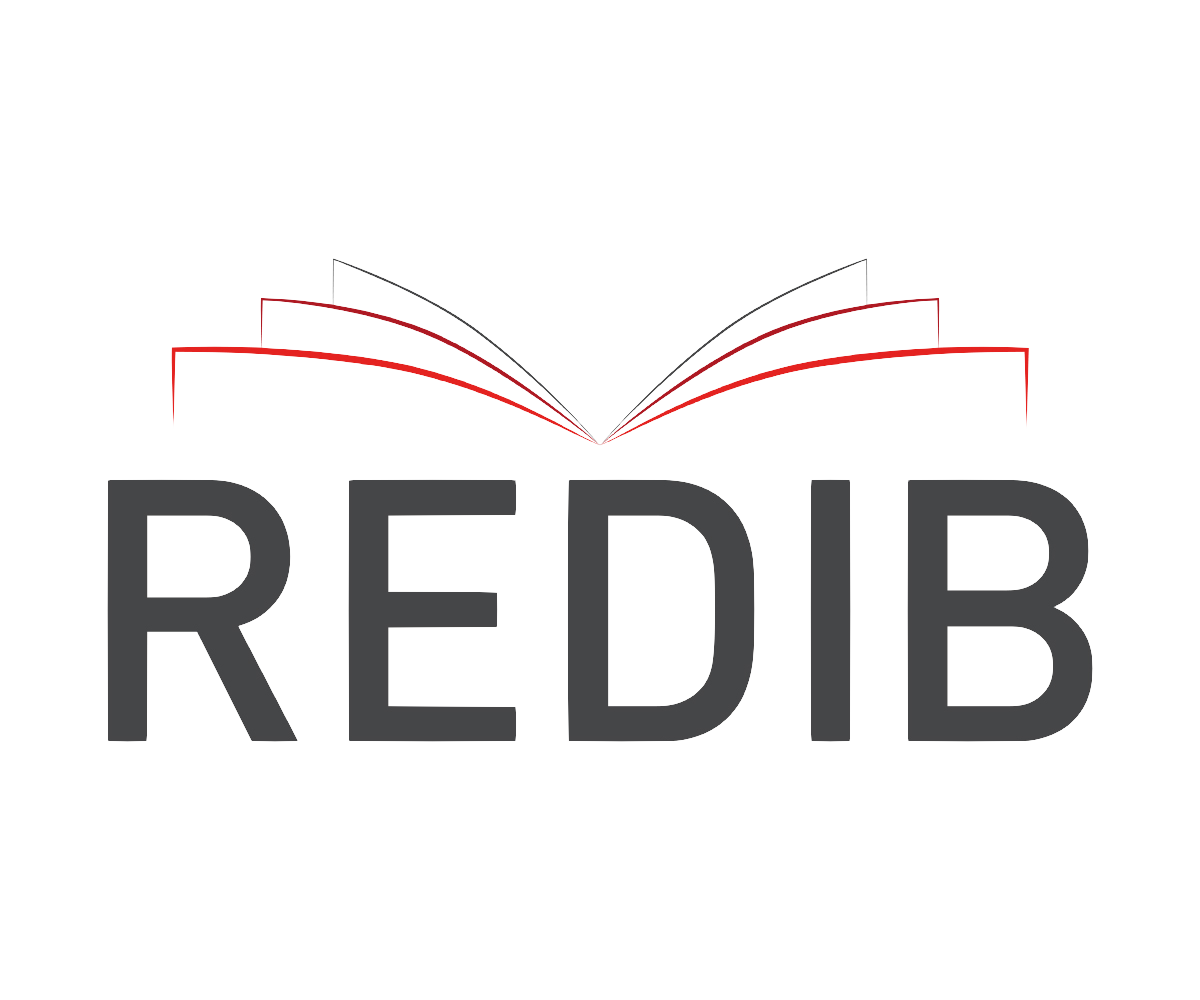
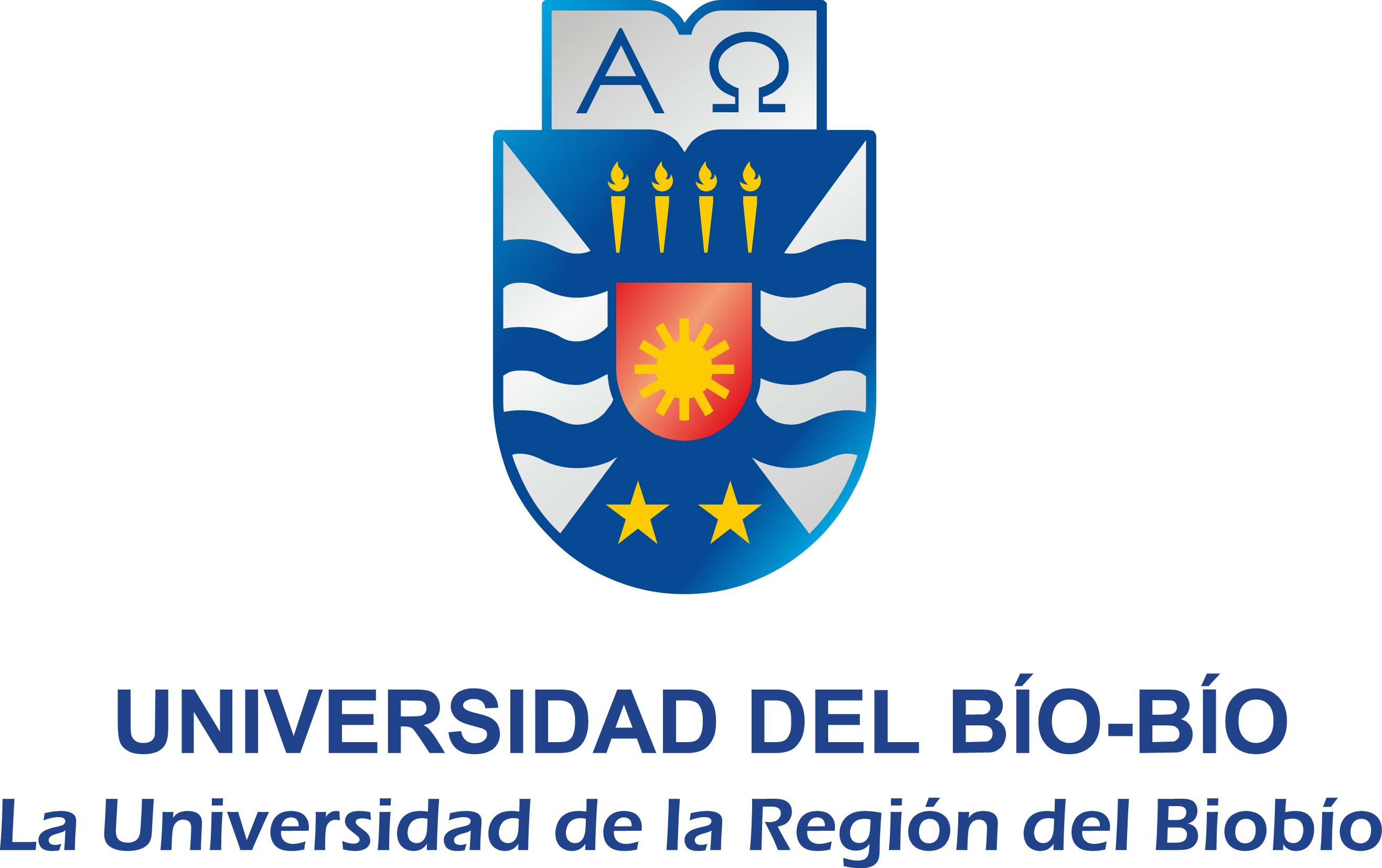

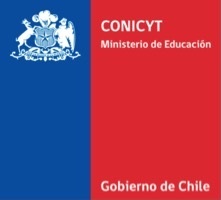 Programa de Información Científica/Concurso Fondos de Publicación de Revistas Científicas 2018/ Proyecto Mejoramiento de Visibilidad de Revistas UBB (Código:FP180007)
Programa de Información Científica/Concurso Fondos de Publicación de Revistas Científicas 2018/ Proyecto Mejoramiento de Visibilidad de Revistas UBB (Código:FP180007) 
